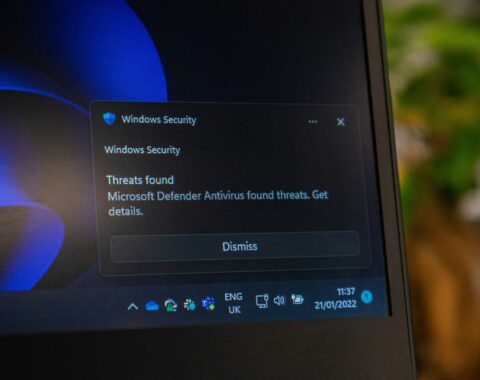By Kimberly Rux
Our homes are getting smarter by the day. From thermostats that adjust the temperature based on our preferences to voice-activated assistants that can control lights and appliances, the Internet of Things (IoT) has brought convenience to our fingertips. But with this convenience comes a new set of challenges, especially when it comes to cybersecurity.
Firstly, IoT devices are everyday objects that are connected to the internet and can communicate with each other, collect data, and perform various tasks autonomously or in response to user commands. These devices typically have sensors, processors, and communication hardware that enable them to interact with the internet and other devices. Some examples of common IoT devices are smart thermostats, locks and lightbulbs that can connect to your Apple Home or Google Home, smart speakers like Apple Homepod and Amazon Echo, smart watches like Fitbit and Apple Watch, security cameras and much more.
One of the biggest concerns with IoT devices is their vulnerability to cyber attacks. Unlike traditional devices like laptops or smartphones, many IoT gadgets lack robust security measures. This makes them easy targets for hackers who can exploit weaknesses to gain access to our personal information or even take control of our smart home devices.
A common problem is default passwords that come with many IoT devices. These passwords are often generic and easy to guess, making it simple for hackers to break into the device. It’s crucial to change these default passwords to something strong and unique as soon as you set up a new IoT device in your home.
Another challenge is the sheer number of devices connected to the internet. Each device represents a potential entry point for hackers, and managing the security of all these gadgets can be overwhelming. One way to address this is by using a secure Wi-Fi network with strong encryption. This adds an extra layer of protection to all devices connected to your home network.
Regularly updating software is also essential for keeping IoT devices secure. Manufacturers often release updates to fix vulnerabilities and strengthen security, so it’s crucial to install these updates as soon as they become available. Some devices offer automatic updates, which can make this process much more convenient.
In addition to updating software, it’s essential to keep an eye on the permissions granted to each IoT device. Many devices request access to various features or data on your network, but not all of these requests are necessary. Limiting permissions to only what is required can help reduce the risk of unauthorized access.
Investing in a reputable security solution specifically designed for IoT devices can also provide added protection. These solutions often include features like network monitoring, intrusion detection, and malware protection tailored to the unique challenges of IoT security.
Finally, being mindful of the data collected and shared by IoT devices is crucial for protecting your privacy. Before purchasing a new device, research the manufacturer’s privacy policies and practices to ensure they align with your expectations. Additionally, regularly review and delete any unnecessary data stored by your devices to minimize the risk of exposure in the event of a breach.
While the convenience of IoT devices is undeniable, it’s essential to approach their security with caution. By taking proactive steps to secure your smart home and connected devices, you can enjoy the benefits of IoT technology without sacrificing your privacy or security.
 |
Kim Rux joined Southridge Technology in 2018 as a technician and has since transitioned to Marketing Director and Operations Administrator. Known for her technical skills and dedication to mentoring, she fosters a collaborative workplace culture. Kim’s creativity and strategic thinking have significantly enhanced Southridge’s marketing efforts. Outside of work, she enjoys photography and spending time at home reading and cooking with her partner, Spencer, and her feline companion, Kat. |
| Southridge Technology is a Connecticut based, whole-systems management IT service provider specializing in cyber-security and industry compliance; business continuity; WAN management, communications, and email hosting; cloud storage and backup solutions; and live, local, real-time monitoring and emergency response 24/7/365. We support organizations whose sizes range from one desktop to systems with over 400 endpoints. Our clients include both non-profit and private industries throughout the Northeast. |  |




